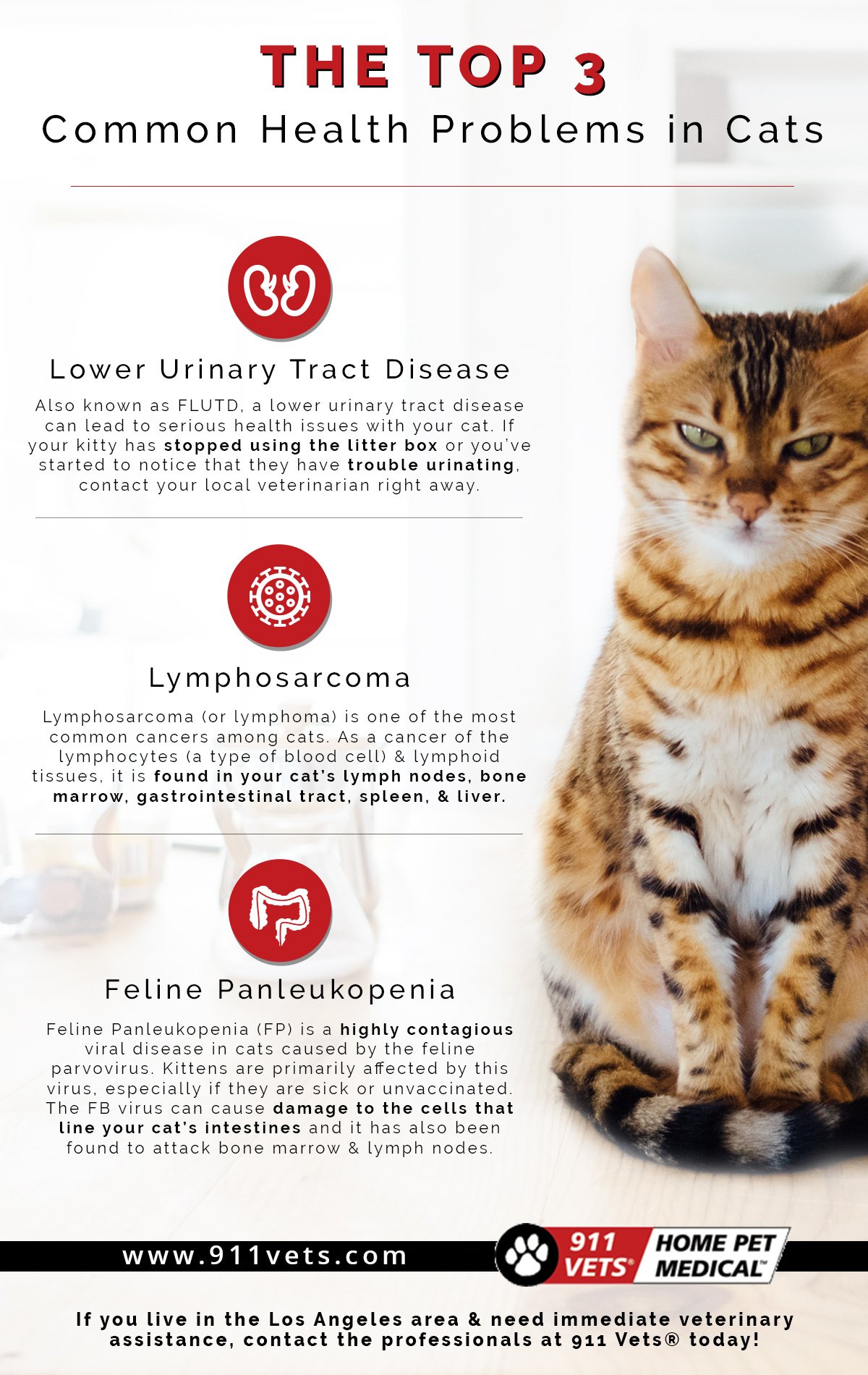If you have a furry feline friend, it’s important to be aware of the common health issues that cats can face and take proactive steps to prevent them. From dental problems to obesity, parasites to urinary issues, this article will provide you with valuable insights into these potential health concerns and offer practical tips on how to keep your beloved pet happy and healthy. So, grab a cup of tea, sit back, and let’s explore the world of common cat health issues together.
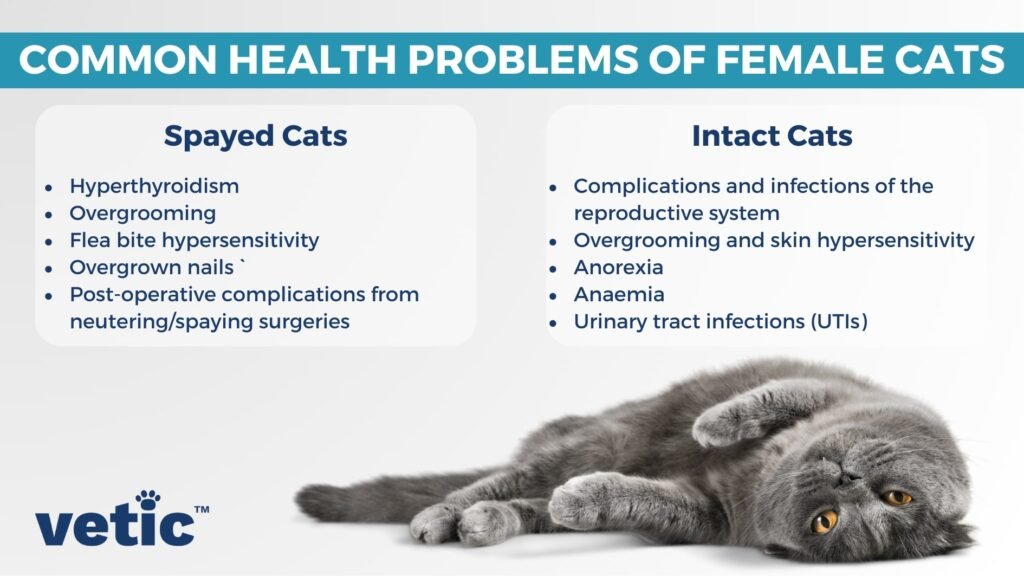
This image is property of vetic.in.
Dental Problems
Regular dental care is essential for maintaining your cat’s overall health and well-being. Neglecting dental hygiene can lead to various dental problems, including gingivitis, periodontal disease, and tooth resorption.
Gingivitis
Gingivitis, also known as gum disease, is a common dental problem in cats. It occurs when plaque and tartar build-up on the teeth and gums, leading to inflammation and irritation. If left untreated, gingivitis can progress to more severe forms of periodontal disease.
To prevent gingivitis in your cat, it is crucial to establish a regular dental hygiene routine. Brushing your cat’s teeth regularly with toothpaste specifically designed for cats can help remove plaque and reduce the risk of gingivitis. Additionally, providing dental treats and toys that promote chewing can contribute to a healthier mouth.
Periodontal Disease
Periodontal disease is an advanced form of gum disease characterized by the destruction of the tissues and bone that support the teeth. It can cause tooth loss, pain, and discomfort for your feline companion.
Preventing periodontal disease starts with regular dental check-ups and cleanings performed by a veterinarian. Professional cleanings help remove any tartar build-up and identify any early signs of periodontal disease. Additionally, maintaining a good dental care routine at home, including daily brushing, can significantly reduce the risk of periodontal disease in your cat.
Tooth Resorption
Tooth resorption, sometimes referred to as feline odontoclastic resorptive lesions (FORLs), is a painful condition that affects many cats. It involves the destruction and loss of tooth structure, leading to exposed nerves and discomfort.
Unfortunately, the exact cause of tooth resorption is still unknown. However, it is crucial to recognize the symptoms, which may include drooling, difficulty eating, and visible holes in the teeth. Regular dental check-ups can help identify tooth resorption early on, allowing for appropriate treatment, such as tooth extraction.
To prevent tooth resorption, maintaining good oral hygiene is essential. Regular brushing, routine dental cleanings, and providing appropriate dental care products can help reduce the risk of this painful condition.
Obesity
Obesity is a significant health concern for cats and can lead to numerous health problems if not addressed. Understanding the causes of obesity, the associated health risks, and how to prevent it can help ensure your cat maintains a healthy weight.
Causes of Obesity
Several factors can contribute to obesity in cats, including overeating, a sedentary lifestyle, and genetic predisposition. Additionally, certain medical conditions, such as hypothyroidism, can lead to weight gain in cats. It is essential to identify any underlying causes so that effective weight management strategies can be implemented.
Health Risks of Obesity
Obesity puts cats at risk for various health issues, including diabetes, arthritis, heart disease, and respiratory problems. The excess weight places additional stress on the joints, organs, and respiratory system, reducing the quality and length of your cat’s life.
Preventing Obesity
Preventing obesity in cats involves a combination of a balanced diet and regular exercise. Providing portion-controlled meals based on your cat’s specific nutritional needs can help prevent overeating. It is also important to engage your cat in regular play and exercise to keep them active and maintain a healthy weight. Monitoring their weight regularly and consulting with a veterinarian can help you implement an appropriate weight management plan tailored to your cat’s needs.
Urinary Tract Infections
Urinary tract infections (UTIs) are a common health issue in cats and can be painful and potentially dangerous if left untreated. Understanding the causes, recognizing the symptoms, and taking preventive measures can help keep your cat’s urinary tract healthy.
Causes of UTIs
UTIs in cats can have various causes, including bacterial infections, bladder stones, or underlying medical conditions. Female cats are more prone to UTIs, as their urethras are shorter and wider, allowing bacteria to enter the urinary tract more easily.
Symptoms of UTIs
Symptoms of UTIs in cats may include frequent urination, straining to urinate, blood in the urine, and urinating outside the litter box. It is crucial to monitor your cat’s litter box habits and urinary habits to identify any potential signs of a UTI.
Preventing UTIs
Preventing UTIs involves providing adequate hydration for your cat by ensuring clean, fresh water is always available. Feeding a balanced diet that supports urinary health can also help prevent UTIs. Regular veterinary check-ups and prompt treatment of any underlying medical conditions are essential to reduce the risk of UTIs in your feline friend.
Fleas and Ticks
Fleas and ticks are not only a nuisance for cats but can also pose various health risks. Understanding these risks and taking preventive measures is essential for keeping your cat free from these pesky parasites.
Health Risks of Fleas and Ticks
Fleas and ticks can transmit diseases to cats, including Lyme disease, Bartonella (also known as cat scratch fever), and flea allergy dermatitis. Flea allergy dermatitis can lead to severe itching and discomfort for your cat, while tick-borne diseases can cause more serious health issues.
Preventing Fleas and Ticks
Preventing fleas and ticks in your cat involves regular grooming, including thorough inspections of their fur for any signs of these parasites. Using flea and tick preventive products recommended by your veterinarian can also help protect your cat. Additionally, keeping your cat indoors and minimizing exposure to areas with high levels of fleas and ticks can further reduce the risk of infestation.
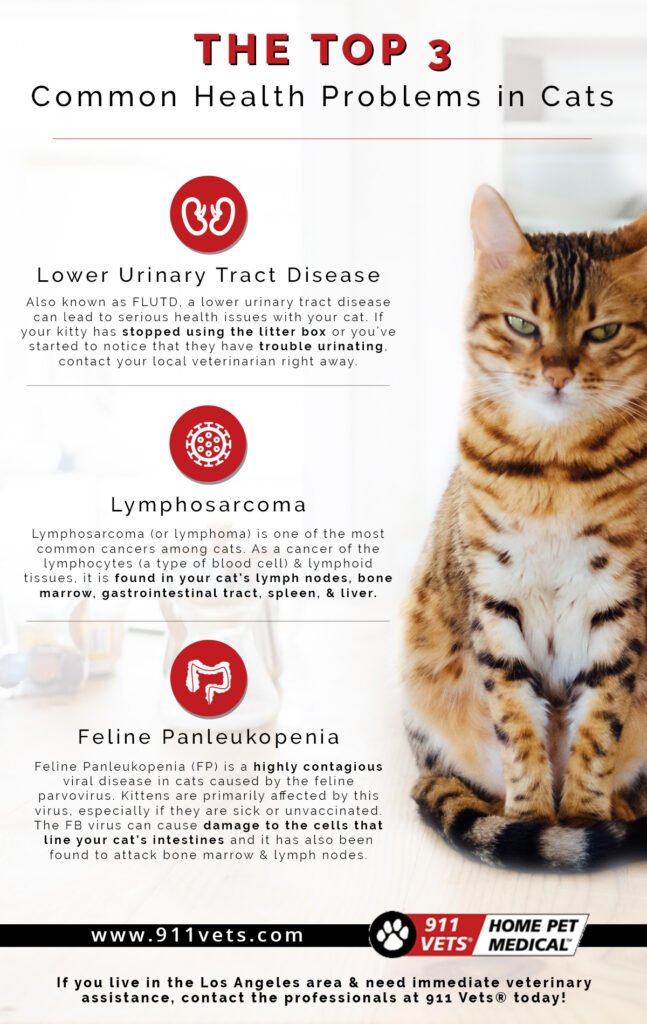
This image is property of dta0yqvfnusiq.cloudfront.net.
Hairballs
Hairballs are a common occurrence in cats, especially those with long or thick fur. Understanding the causes and taking preventive measures can help minimize the discomfort associated with hairballs.
Causes of Hairballs
Hairballs form when cats groom themselves and ingest hair. The swallowed fur can accumulate in the digestive tract, forming a ball that is eventually coughed up or passed through the stool. Cats with excessive shedding or those that groom excessively are more prone to developing hairballs.
Preventing Hairballs
Regular brushing helps remove loose hair from your cat’s fur, reducing the amount they ingest while grooming. This can significantly decrease the occurrence of hairballs. Additionally, incorporating a hairball control diet or providing hairball prevention treats can help prevent hairballs from forming in your cat’s digestive system.
Respiratory Infections
Respiratory infections, such as feline viral rhinotracheitis and feline calicivirus, are common among cats, especially those in crowded or stressful environments. Understanding the different types of respiratory infections, recognizing the symptoms, and taking preventive measures can help keep your cat’s respiratory health in check.
Types of Respiratory Infections
Feline viral rhinotracheitis and feline calicivirus are the most common respiratory infections in cats. These infections can cause symptoms such as sneezing, coughing, nasal discharge, and eye discharge. They are highly contagious and can spread easily among cats.
Symptoms of Respiratory Infections
In addition to sneezing, coughing, and nasal and eye discharge, cats with respiratory infections may also exhibit a decreased appetite, lethargy, and fever. It is essential to monitor your cat closely for any signs of respiratory distress.
Preventing Respiratory Infections
Preventing respiratory infections involves minimizing your cat’s exposure to contagious environments and infected cats. Maintaining good hygiene, including regular cleaning of food and water bowls and avoiding overcrowded spaces, can reduce the risk of respiratory infections. Vaccinations are also available to protect your cat against common respiratory viruses, and consulting with a veterinarian about the appropriate vaccination schedule is recommended.
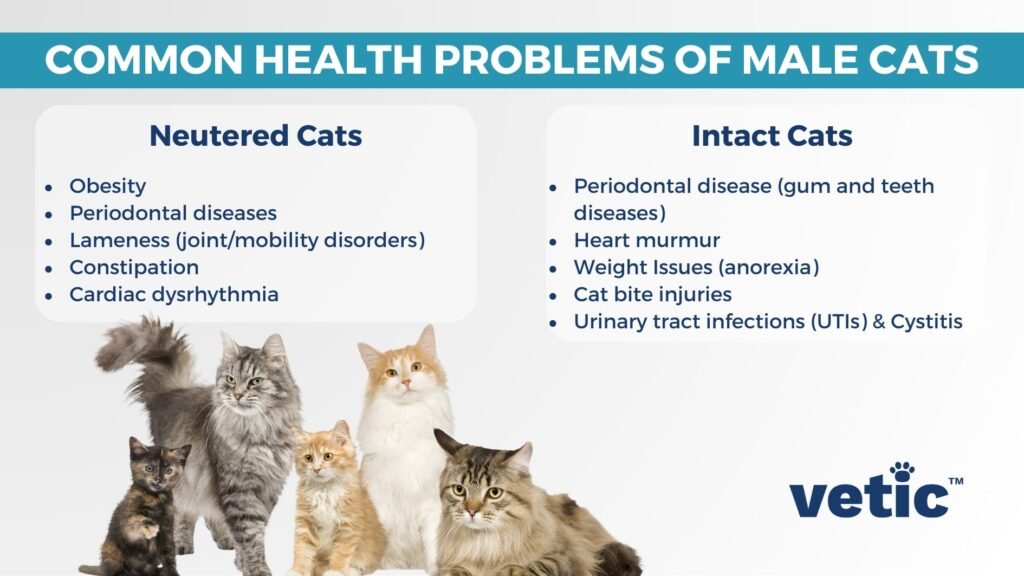
This image is property of vetic.in.
Parasites
Parasites, both internal and external, can pose significant health risks for cats. Understanding the different types of parasites, their potential impact, and taking preventive measures is crucial for ensuring your cat’s well-being.
Intestinal Parasites
Intestinal parasites, such as roundworms, hookworms, and tapeworms, can affect a cat’s digestive system and overall health. These parasites can cause symptoms like diarrhea, weight loss, and a dull coat.
Preventing intestinal parasites involves regular deworming treatments recommended by your veterinarian. Additionally, practicing good hygiene and proper disposal of feces can help minimize the risk of exposure to parasites.
External Parasites
Fleas, ticks, mites, and ear mites are common external parasites that can infest cats. These parasites can cause itching, irritation, hair loss, and even transmit diseases.
To prevent external parasites, using appropriate flea and tick preventive products is essential. Regular grooming and thorough inspections of your cat’s fur can also help identify and address any signs of infestation promptly.
Feline Lower Urinary Tract Disease
Feline Lower Urinary Tract Disease (FLUTD) encompasses a group of conditions that affect the urinary system in cats. Understanding the causes, recognizing the symptoms, and taking preventive measures can help reduce the risk of FLUTD in your feline companion.
Causes of FLUTD
The exact causes of FLUTD are not fully understood, but several factors, such as stress, bacterial infections, bladder stones, and urinary tract obstructions, can contribute to developing this condition. Male cats, overweight cats, and those with a history of urinary issues are at a higher risk.
Symptoms of FLUTD
Symptoms of FLUTD may include difficulty or pain while urinating, blood in the urine, frequent urination, and urinating outside the litter box. It is important to monitor your cat’s urinary habits and seek veterinary attention if any concerning symptoms arise.
Preventing FLUTD
Preventing FLUTD involves providing a balanced diet that promotes urinary health, ensuring your cat has access to plenty of fresh water, and maintaining a stress-free environment. Regular veterinary check-ups can help identify any potential risk factors and allow for early intervention if necessary.

This image is property of meowtel.com.
Diabetes
Diabetes is a condition characterized by the body’s inability to regulate blood sugar levels effectively. While it is more common in humans, cats can also develop diabetes. Understanding the causes, recognizing the symptoms, and taking preventive measures is vital for managing this chronic condition.
Causes of Diabetes in Cats
The exact causes of diabetes in cats are not fully understood, but obesity and a sedentary lifestyle are considered significant risk factors. Female cats and certain breeds, such as Burmese and Siamese cats, may also be more prone to developing diabetes.
Symptoms of Diabetes
Symptoms of diabetes in cats include increased thirst, frequent urination, weight loss, increased appetite, and lethargy. If you notice any of these signs in your cat, it is important to consult with a veterinarian for a proper diagnosis.
Preventing Diabetes
Preventing diabetes in cats involves maintaining a healthy weight through balanced nutrition and regular exercise. Monitoring your cat’s food intake, providing portion-controlled meals, and avoiding excessive treats can help prevent obesity, a significant risk factor for diabetes. Regular veterinary check-ups, including blood glucose monitoring, can also help detect any early signs of diabetes and allow for timely intervention.
Hyperthyroidism
Hyperthyroidism is a condition characterized by an overactive thyroid gland, leading to excessive production of thyroid hormones. While it is more common in older cats, hyperthyroidism can affect cats of any age. Understanding the causes, recognizing the symptoms, and taking preventive measures is essential for managing this condition.
Causes of Hyperthyroidism
The exact causes of hyperthyroidism in cats are not well understood, but it is believed to be primarily linked to changes in the thyroid gland’s structure and function. Genetic factors, exposure to environmental toxins, and dietary factors have been suggested as possible contributors.
Symptoms of Hyperthyroidism
Symptoms of hyperthyroidism in cats may include weight loss, increased appetite, excessive thirst, hyperactivity, vomiting, and diarrhea. It is important to monitor your cat’s behavior and overall health, as prompt diagnosis and treatment are crucial for managing this condition effectively.
Preventing Hyperthyroidism
Preventing hyperthyroidism in cats is challenging, as the exact causes are not fully understood. However, providing a balanced diet and avoiding exposure to potential environmental toxins can contribute to overall thyroid health. Regular veterinary check-ups, including monitoring of thyroid function, can help detect any early abnormalities and allow for prompt intervention if necessary.
Taking a proactive approach to your cat’s health by understanding common health issues, recognizing the symptoms, and implementing preventive measures can significantly improve your cat’s quality of life. Consult with your veterinarian for personalized advice and guidance to ensure the well-being and longevity of your beloved feline companion. Remember, a healthy cat is a happy cat!
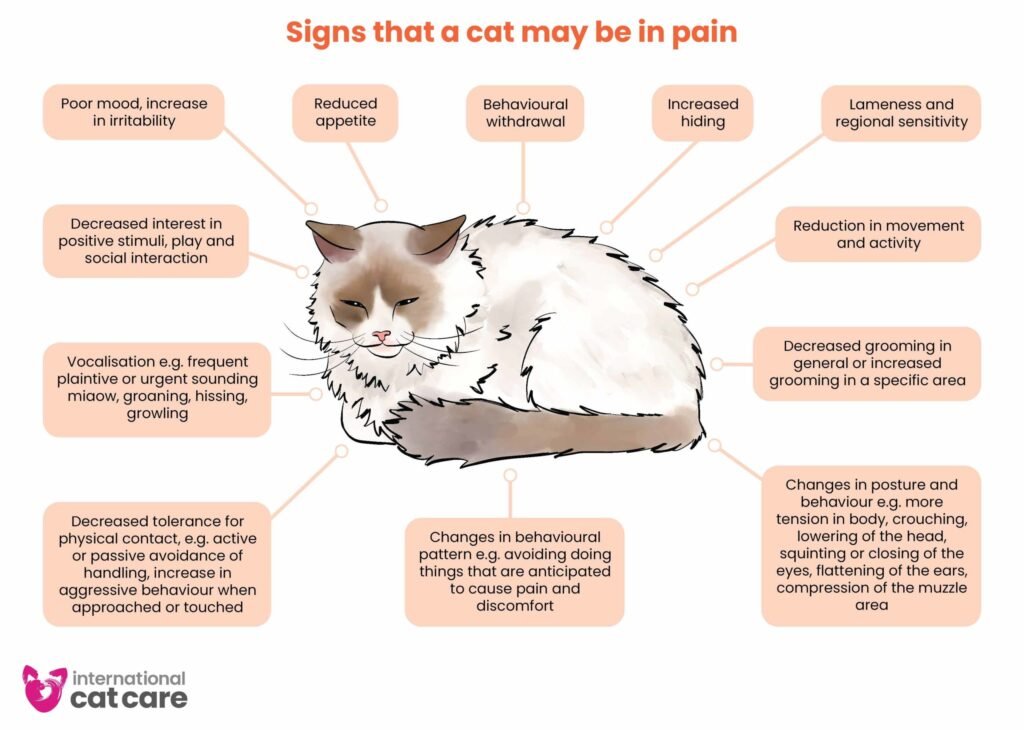
This image is property of icatcare.org.

